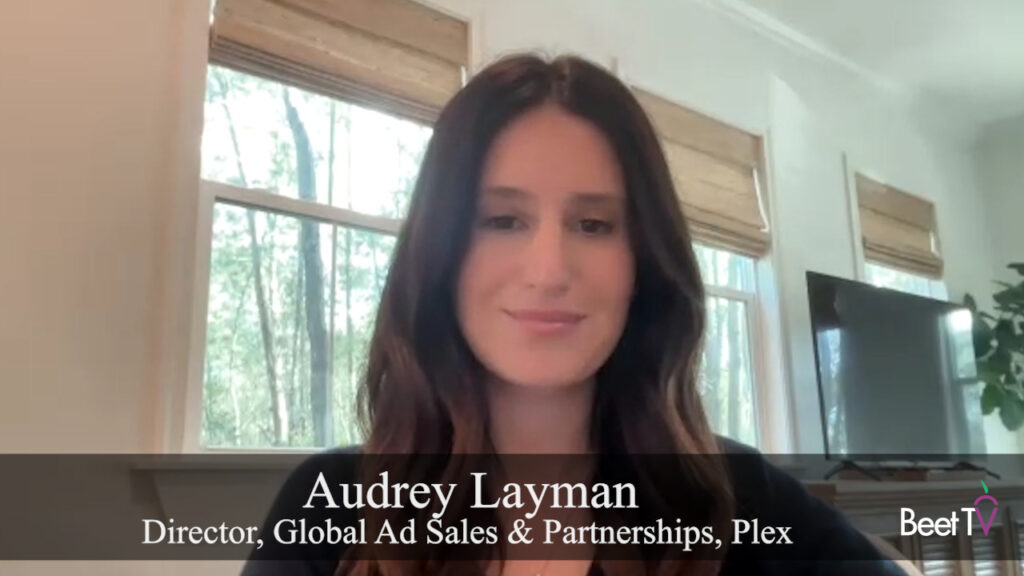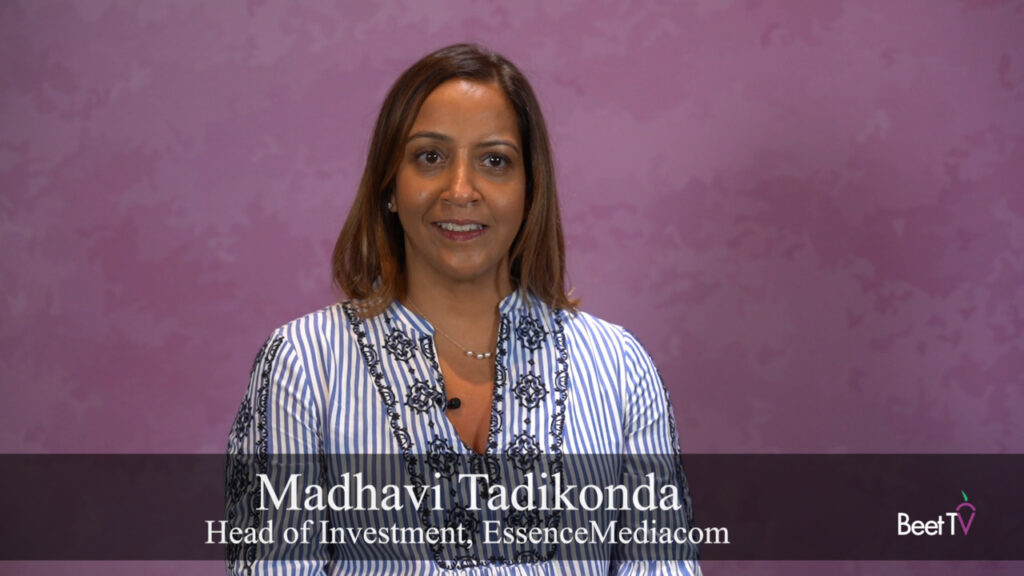COLOGNE-The biggest obstacle to the availability of addressability in programmatic linear commercial television spots is the convergence of data, not technology, says Videology’s John Tigg. As a result, so-called zero-rated TV spots represent lost revenue and profit opportunity for broadcasters.
Zero-rated spots are a byproduct of traditional panel-based television audience measurement wherein there isn’t perceived to be sufficient audience behind a given spot for it to have value, according to Tigg, who is SVP, Enterprise Solutions, EMEA at Videology.
“When you bring programmatic technology into the space, however, you can identify who that audience is and you can identify the person behind each individual spot,” Tigg says in an interview with Beet.TV. “If you can do that you can give it a value. Because suddenly you understand the audience.”
There is an abundance of zero-rated inventory through both over-the-top channels and the traditional linear TV space. “What programmatic technology can do is make that available for trading against audiences, and therefore there’s an immediate revenue and margin opportunity for broadcasters to take hold of today,” Tigg says.
A big misconception about addressable TV is that it is all about reaching niche audiences, Tigg says. “It’s about bringing data to much larger audiences and understanding the relationship between those audiences and outcomes for TV advertisers,” he says.
In the United States, roadblocks to the growth of addressable TV often include the reluctance of individual media sellers to open up their inventory and the data surrounding it. There are other factors at play in Europe.
“In each individual market, particularly across Europe, we see lots of different technology approaches to trying to make addressable TV a reality,” Tigg says. “We see one approach in the UK, we see a slightly different approach in France than we see in Germany.”
While the UK has a “very progressive attitude toward the collection and understanding of data and the application of data for advertising,” Tigg explains, in markets like France, Germany and Netherlands there is a combination of local legislation that makes it “very difficult or very complex for broadcasters to both collect data and use it.”
The existence of differing technologies and regulations “makes the process of creating standards around addressability that much more difficult for broadcasters,” Tigg says.
This interview was taped at DMEXCO ’16. It is part of a video series of industry leaders. The series is sponsored by Videology. For more Beet.TV coverage of DMEXCO, please visit this page.


























